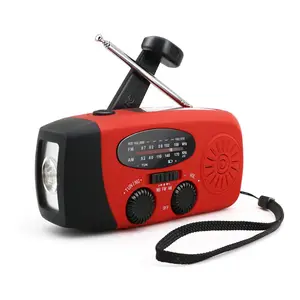Exploring the Versatility of Cranks
The term crank encompasses a broad category of components pivotal in various mechanical systems. These devices are essential in converting reciprocal to rotational motion, or vice versa, serving as a critical part in machinery, bicycles, and even fishing equipment. The diversity of cranks available caters to a multitude of applications, each designed to meet specific operational needs.
Types and Materials
Cranks come in several forms, including those designed for portable radios, bicycle cranksets, and fishing lures like the minnow lure. Material selection for these components is crucial, as it directly impacts their durability and performance. Common materials include alloys, aluminum, stainless steel, and plastics, each offering unique benefits. Aluminum alloy cranks are known for their balance between strength and lightness, making them ideal for bicycles, while stainless steel variants provide exceptional corrosion resistance, essential for outdoor and marine applications.
Applications Across Industries
The application of cranks spans across various industries. In the cycling world, they are integral to the crank & chainwheel system of mountain bikes, road bikes, and children's bicycles. The design and material of the crank influence the bike's performance, affecting speed, resistance, and rider comfort. In the realm of fishing, cranks such as those found in minnow lures are designed to mimic the movement of small fish, an essential feature for successful angling.
Features and Design Considerations
When selecting a crank, several features must be considered. The size, shape, and weight are tailored to the crank's specific use-case. For instance, a lightweight crank is often preferred for competitive cycling to reduce overall bike weight and increase efficiency. Conversely, a more robust crank may be favored in applications where strength is paramount. The color options, such as black, silver, or white, are also varied, providing an aesthetic choice to match the equipment or personal preference.
Advantages of Different Crank Constructions
The construction of a crank can greatly influence its advantages. For example, cranks made with aluminum alloys typically offer a favorable strength-to-weight ratio, essential for performance-oriented bicycles. Plastic cranks, while not as strong, can be more cost-effective and offer sufficient performance for less demanding applications. The choice of a crank must align with the intended use, environmental conditions, and the mechanical system's requirements.
Choosing the Right Crank
In conclusion, the selection of a crank should be based on a thorough understanding of its intended application, material properties, and design features. Whether for a high-performance bicycle, a reliable portable radio, or an effective fishing lure, the right crank can significantly enhance the functionality and reliability of the product it serves. With a variety of options available, it is essential to consider the specific needs of the mechanical system to ensure optimal performance and longevity.










































 浙公网安备 33010002000092号
浙公网安备 33010002000092号 浙B2-20120091-4
浙B2-20120091-4